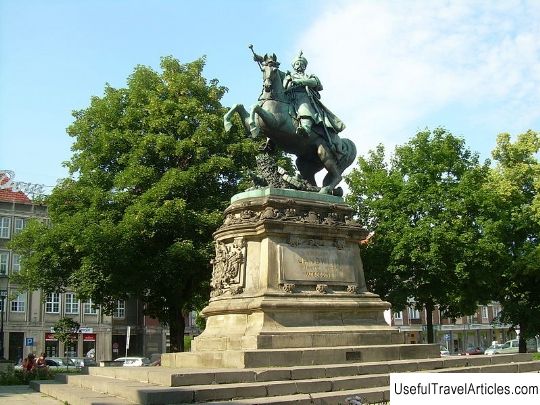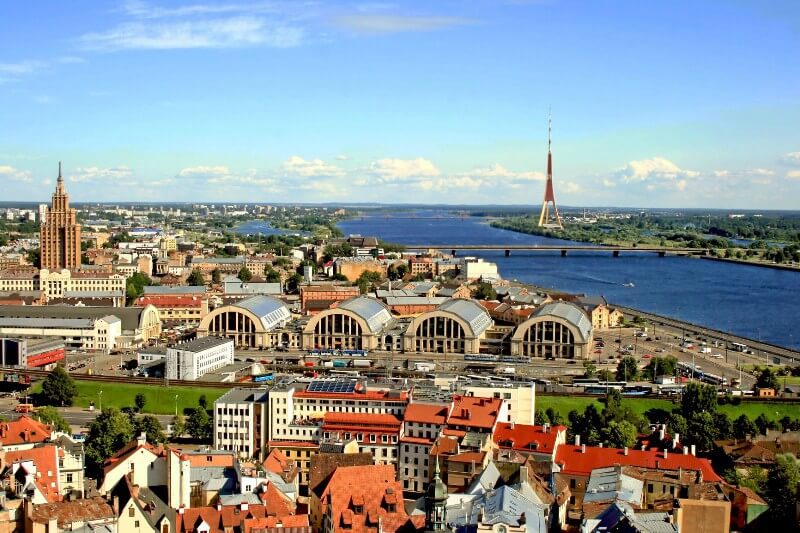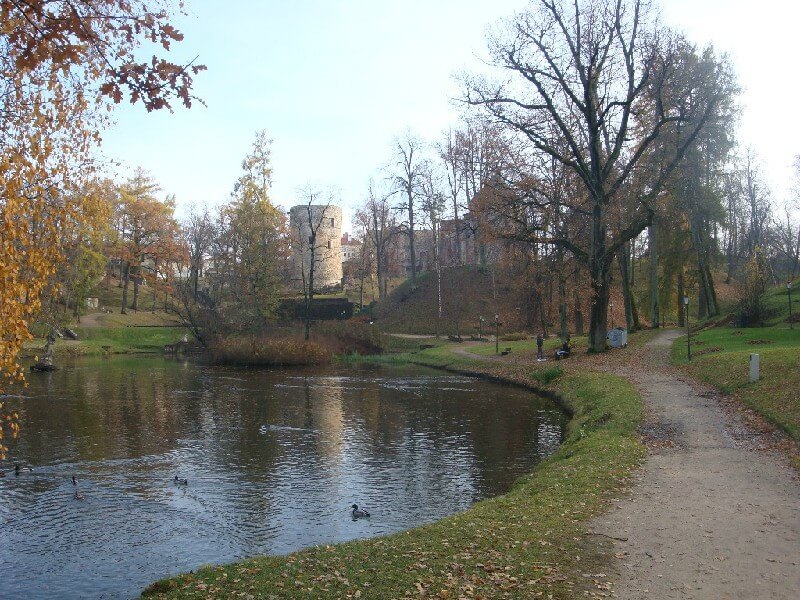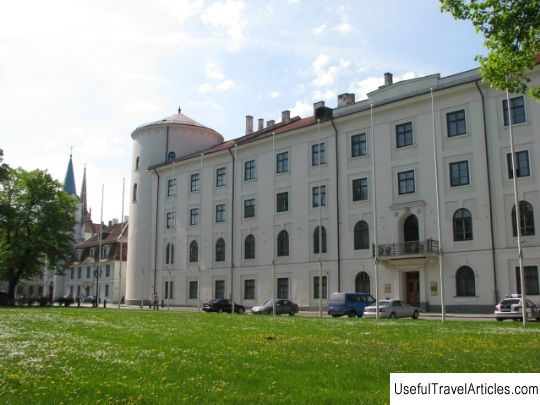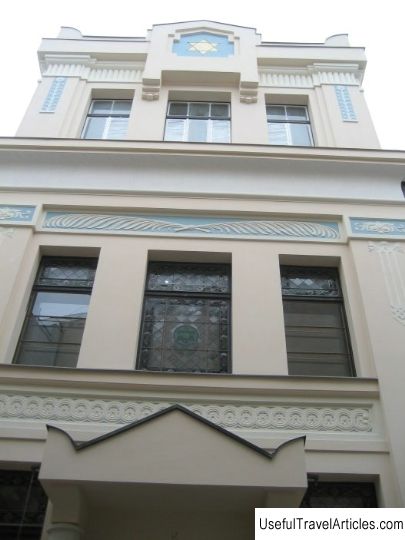Powder Tower (Pulvertornis) description and photos - Latvia: Riga
Rating: 7,7/10 (1001 votes) 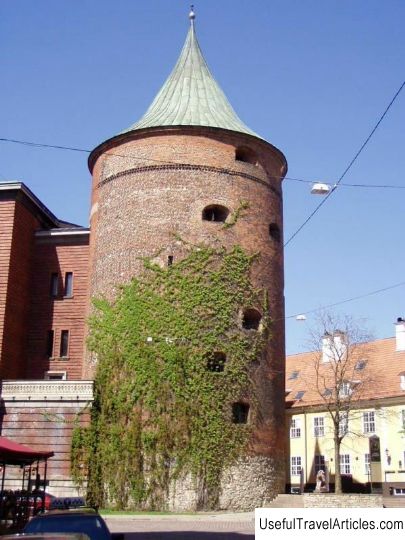
Powder Tower (Pulvertornis) description and photos - Latvia: Riga. Detailed information about the attraction. Description, photographs and a map showing the nearest significant objects. The name in English is Pulvertornis. Photo and descriptionThe Powder Tower is the only fragment of the defense system of Riga that has survived to this day. The first written records of this tower are found in the annals of 1330. Especially for the Master of the Livonian Order, a hole was made in the fortress wall of Riga with a cannonball through which he entered the conquered city. After the conquest of Riga by the members of the order, it was decided to reconstruct and strengthen the system of the city's fortifications. So, according to one version, the famous tower appeared. However, there is another theory, which says that the tower was built at the end of the 13th century, that is, before the conquest of Riga by the Order. According to the available archival data, the tower originally had the shape of a horseshoe, and only by the middle of the 14th century acquired its current cylindrical shape. The system of fortifications of the city consisted of 28 towers, which were rebuilt in different periods of history and received different names. In one of the periods, the Sand Tower was also rebuilt, it was turned into a six-storey building and a so-called storeroom was equipped between the upper floors, designed to catch enemy cannonballs. The mastermind of the Livonian Order was the inspiration for the reconstruction. However, already in 1621, the tower was destroyed as a result of hostilities during the Swedish-Polish war. However, the fortification system was reconstructed and the tower came back to life. There is a version that after these hostilities it received its current name and began to be called Powder. However, again this is only a theory. According to the second version, the tower got its name already in times of peace, when it was adapted as a warehouse in which gunpowder was stored. However, this version is not convincing. There are also several assumptions about the nuclei embedded in the tower wall. One of them says that all these nuclei are echoes of the numerous sieges of the city by Russian troops. And the second theory says that these nuclei appeared only after the reconstruction of the 30s of the 20th century. According to this version, the cores were specially embedded in the walls of the tower by restorers. During the years of the Russian Empire, the tower turned out to be unclaimed, and by the middle of the 19th century, the question arose about the elimination of all fortifications, since they limited the city and did not give it opportunities for territorial growth. And already in 1856, a plan for the reconstruction of the city was adopted, according to which all fortifications were to be demolished. However, this time the Powder Tower was pardoned, but its purpose was not found and it remained empty for another 30 years. Since 1892, a new round of history begins for the tower. Now it belongs to students, who renovated it at their own expense and equipped the tower with a beer hall and several dance halls. The pub is notorious for the fact that nationalist ideas began to be voiced in it. The very name of the tower can be associated with the formation of Nazism, because at different times such ideological inspirers of the movement of brown shirts as M.E.Sheibner-Richter and Arno Schikedants appeared in it. The tower performed its new function until 1916. Only with the outbreak of the First World War, students were forced to leave their homes. A museum of Latvian riflemen opens in the tower, and then the Military Museum comes to replace it. In 1938, the Powder Tower underwent another restoration and finally acquired a modern look. However, with the formation of the USSR regime, changes took place in the tower again, and the Nakhimov naval school was opened in it. And in 1957 a museum was opened in the tower again, this time the Museum of the October Revolution. In 1991, the authorities change, and the War Museum is again operating in the tower. This museum is still operating today, its exposition is rich in various exhibits that tell about the history of the country.       We also recommend reading Literary Museum Pushkin House description and photo - Russia - St. Petersburg: St. Petersburg Topic: Powder Tower (Pulvertornis) description and photos - Latvia: Riga. |
